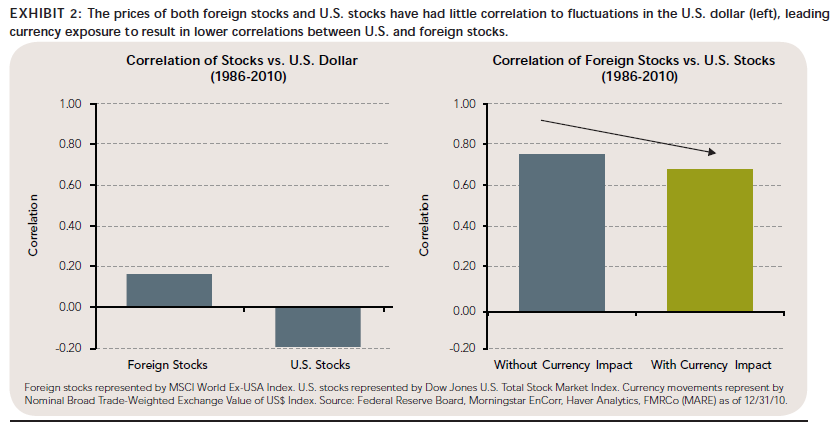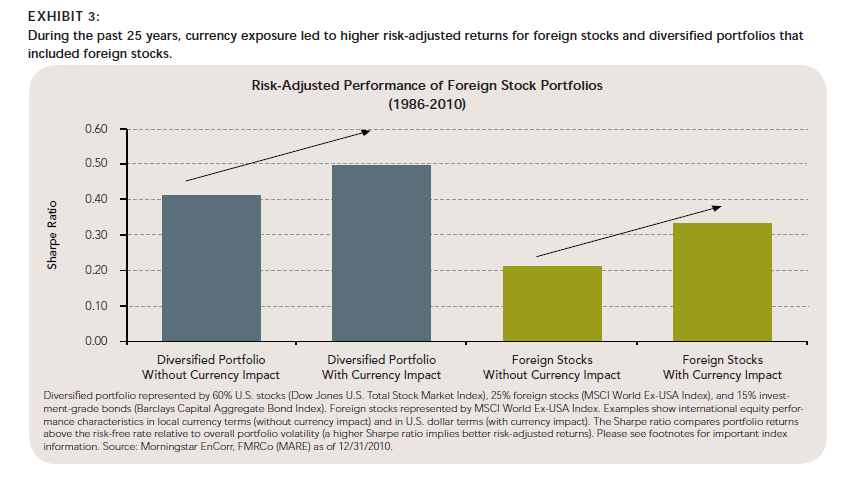Mergent’s Indxis has created a Dividend Achievers Index for the UK. The index is weighted using a free float adjusted market capitalization and is reconstituted once a year.The index is composed of 99 British stocks.
The components of the index are selected based on the following criteria:
- Companies must incorporated in the United Kingdom.
- Stocks must have paid increasing regular cash dividends in their respective local currency for 5 or more consecutive years.
The UK Dividend Achievers Index has yielded better returns compared to the MSCI UK Index. In the past 1 year, this index has grown by 22% while the MSCI index is up about 16%. YTD the index is up over 4% while the MSCI index is flat.
Ten components of The UK Dividend Achievers Index trading on the US markets as ADRs are listed below with their current dividend yields:
1.Company:Vodafone Group PLC (VOD)
Current Dividend Yield: 6.97%
Sector: Telecom
2.Company:British American Tobacco PLC (BTI)
Current Dividend Yield: 5.91%
Sector:Consumer Staples
3.Company:AstraZeneca PLC (AZN)
Current Dividend Yield: 7.13%
Sector:Health Care
4.Company:BHP Billiton PLC (BHP)
Current Dividend Yield: 2.35%
Sector:Materials & Processing
5.Company:Tesco PLC (TSCDY)
Current Dividend Yield: 1.96%
Sector:Consumer Staples
6.Company:Diageo PLC (DEO)
Current Dividend Yield: 2.39%
Sector:Consumer Staples
7.Company:Unilever PLC (UL)
Current Dividend Yield: 4.12%
Sector:Consumer Staples
8.Company:National Grid PLC (NGG)
Current Dividend Yield: 7.40%
Sector:Utilities
9.Company:Scottish & Southern Energy PLC (SSEZY)
Current Dividend Yield: 3.15%
Sector:Utilities
10.Company:Prudential PLC (PUK)
Current Dividend Yield: 4.67%
Sector: Life Insurance
To download the full components of The UK Dividend Achievers Index in Excel format click here.
Disclosure: No positions

